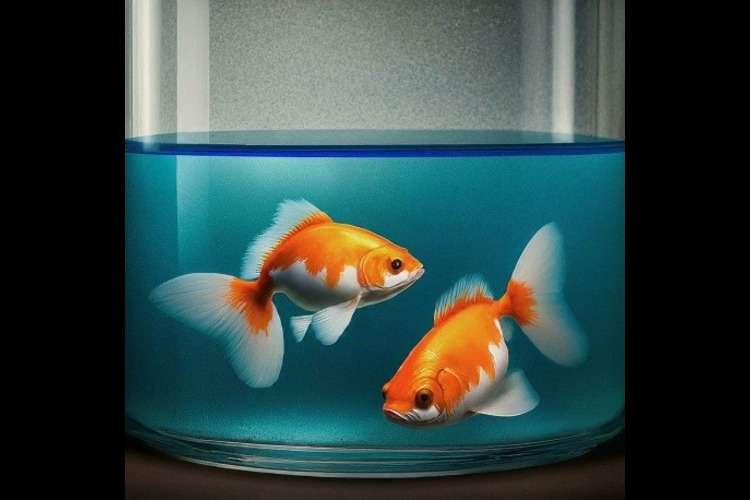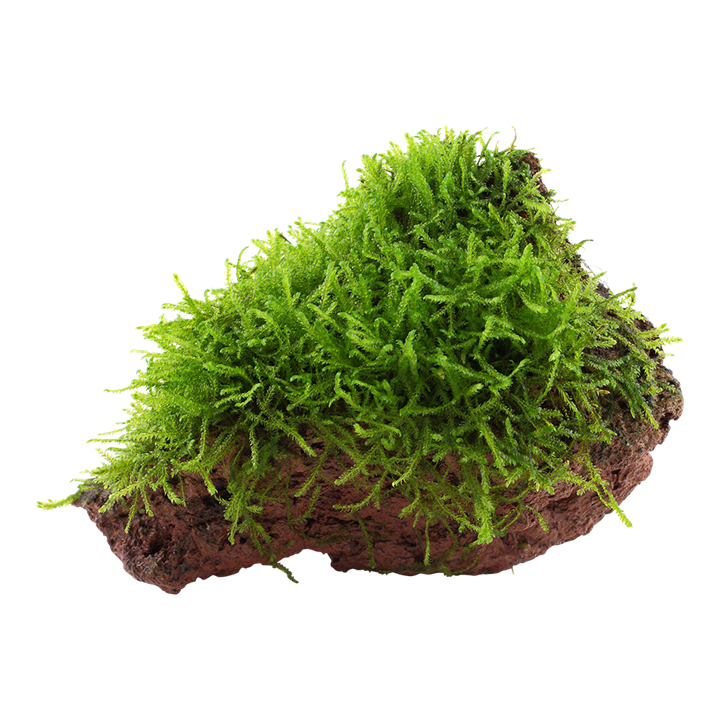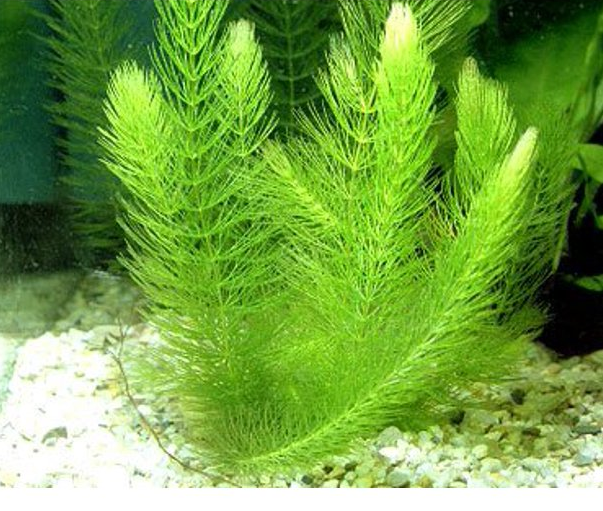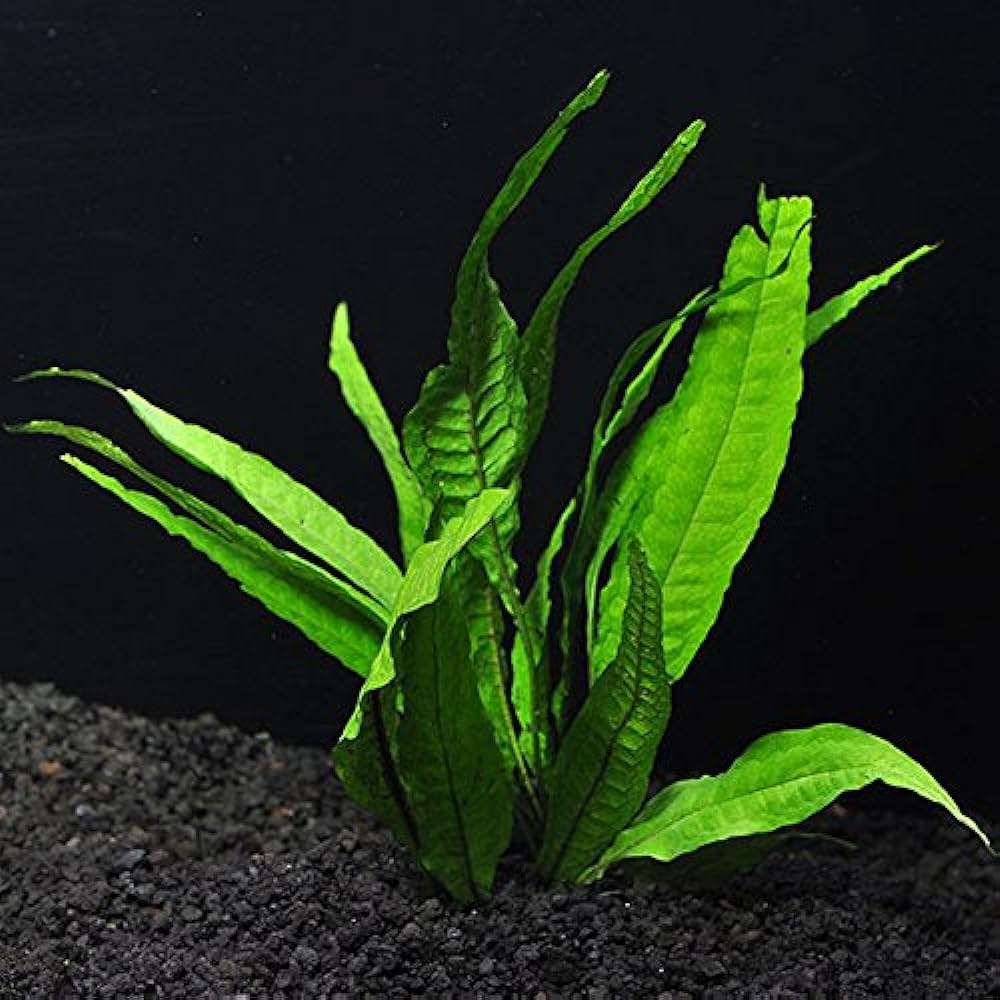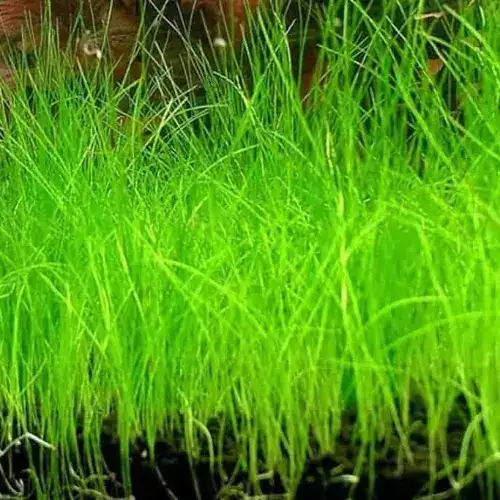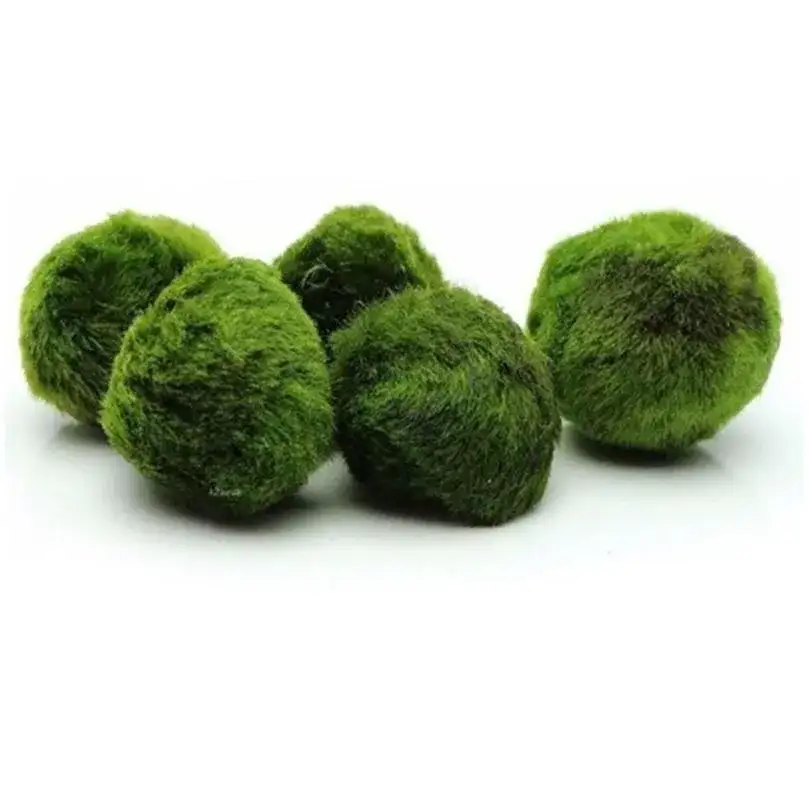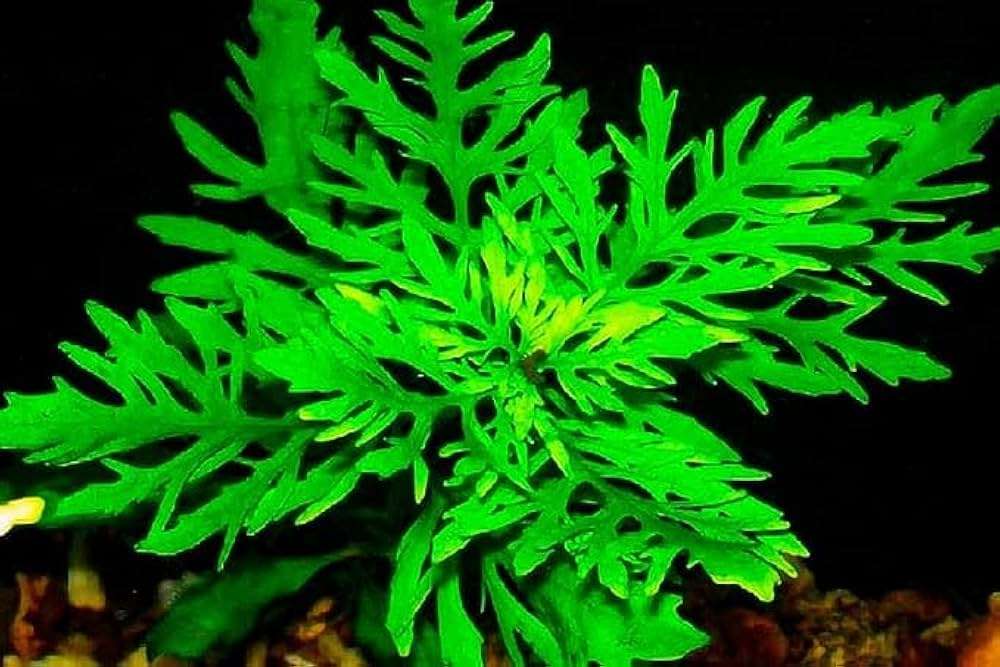Using Aquarium Salt for Optimal Fish Health: Key Benefits, Dosage Tips, and Expert Advice
Master the art of using aquarium salt to boost fish health and tank vitality. Learn proper dosing techniques, understand its benefits, and explore expert tips to create a thriving environment for your aquatic pets.
Table of Contents
- What is What is Aquarium Salt?
- Benefits of Aquarium Salt
- When to Introduce Salt into the Water
- How to Correctly Utilize Aquarium Salt
- How to Safe Remove Aquarium Salt
- Important Considerations
- Faq
- Conclusion
While aquarium salt is simple, it is a very powerful tool in maintaining the health of your fish and aquarium. However, it is important to understand when and how to use such a substance to avoid doing more harm than good. Resting on the knowledge of most aquarists, where in fact, aquarium salt is a drug used for cure and prevention of many common fish diseases, and helps in better gill function. Stress in fish is also alleviated with the aid of aquarium salt. In this guide, the benefits of the aquarium salt, how to apply it and the proper dosage in the aquarium will be discussed.
What is What is Aquarium Salt?
Aquarium salt is just refined sodium chloride generally added with different trace elements to suit freshwater aquariums. It is however different from the sea salts that are used in estuarine aquariums in the sense that it does not modify the tank's pH and salinity to the same extent. While the use of salt in aquariums is often correlated with healthy fish and quality water, it is more of a treatment aimed at certain diseases and immune support.
Benefits of Aquarium Salt
Aquarium salt can be beneficial in many ways, especially when used appropriately:
Control and Cure of Disease: In addition to helping prevent parasites such as ich and other fin and fungus infections, aquarium salt also helps control the environment in which pathogenic organisms thrive.
Regulation of Osmoregulation: This salt assists fish in this activity and therefore helps to prevent fluid overload in fish, which otherwise causes stress on their bodies.
Stress Relief: A pinch of salt in water helps to lower the stress levels amongst fishes during events such as change in water condition or small cuts.
Improved Gill Function: There is an improvement in the gill function thereby enhancing the oxygen uptake of the fish.
When to Introduce Salt into the Water
There are areas where the use of salt is not essential but can be highly effective. Here are situations when adding salt can be helpful:
For minor ailments: ich, fin rot, or any bacterial infection. The salt does great wonders to help the fish heal.
Aids in healing small wounds: such as cuts, scrapes, and torn fins caused by the decor in your tank or perhaps a little tussle between the fish.
Calming stress levels between transitions: Adding a pinch of salt will help ease the transition when introducing the fishes to a new tank or during routine tank clean-outs.
Helping to Prevent Infestation: Infestation can be avoided in tint tanking by the use of salt as it kills most of the external parasites.
How to Correctly Utilize Aquarium Salt
If you wish to use aquarium salt, then the aim of correct dosage and solubilization is better to understand to that your fish stay healthy. So here is how to do it step by step.
The Choice of the Proper Dose: The usual dose is administered as one tablespoon of salt for every five gallons of water. However, depending on the pathology you are correcting, some treatments can be more concentrated.
Dissolve Salt: First, dissolve the salt in another container then add to the tank. This is important to note as undissolved salt may stress the fish, and may also get trapped in the substrate or any decor.
Add the salt solution gradually: Add salt into the aquarium tank in gradual amounts to avoid stressing the fish. The solution should be poured hardly any amount in flow rate areas so that the solution disperses or the solution itself is sprayed in little amounts.
Watch Fish and Water Parameters: Keep a close eye on your fish and check periodically if there are any signs of stress or irritability; check the water parameters as well when necessary.
How to Safe Remove Aquarium Salt
In case there was a temporary cure done to a fish by use of salt, then the salt should be taken out when it’s time for treatment to come to an end. You can do this by doing some partial water exchanges for days so as not to shock the fish who were used to salty water as well as balance the water salinity.
Important Considerations
Avoid Salt with Specific Fish Species: For some species such as catfishes and tetras, and even some fresh water invertebrates, salt is harmful. Research first whether salt is safe for your fish or not.
Salt Use in Prolonged Use: Internal and external resistance to salt occurs in some pathogens. The salt usage must be restricted to specific treatment or prophylaxis.
Never Use Table Salt: Usually table salts have additives which can be toxic to your fish, therefore use aquarium salt.
Faq
1. What is aquarium salt?
It’s refined sodium chloride, safe for freshwater tanks, unlike sea salt which changes pH and salinity.
2. What are the main benefits?
Disease control, osmoregulation support, stress relief, and improved gill function.
3. When should I use aquarium salt?
For minor infections, small wounds, during fish transfers, and to prevent parasites.
4. How should I add it?
Dissolve one tablespoon per five gallons, add slowly, and monitor fish and water quality.
5. How do I remove it after treatment?
Perform partial water changes over a few days.
6. Are there fish that shouldn't have salt?
Yes, avoid using salt with species like catfish, tetras, and some invertebrates.
7. Can I use table salt?
No, use only aquarium salt to avoid harmful additives.
8. How often should I use it?
Only during treatment, as overuse can reduce its effectiveness.
Conclusion
If used properly and in moderation, aquarium salt can prove to be a valuable ingredient in the overall maintenance of your fishes. May it be a topical treatment for small wounds or added to facilitate fishes movement from one place to another, this simple powdery additive can make a healthy aquarium apart from unhealthy in many ways. Use it carefully and observe the results, and have more fun with your aquarium as well as more healthy fish!





